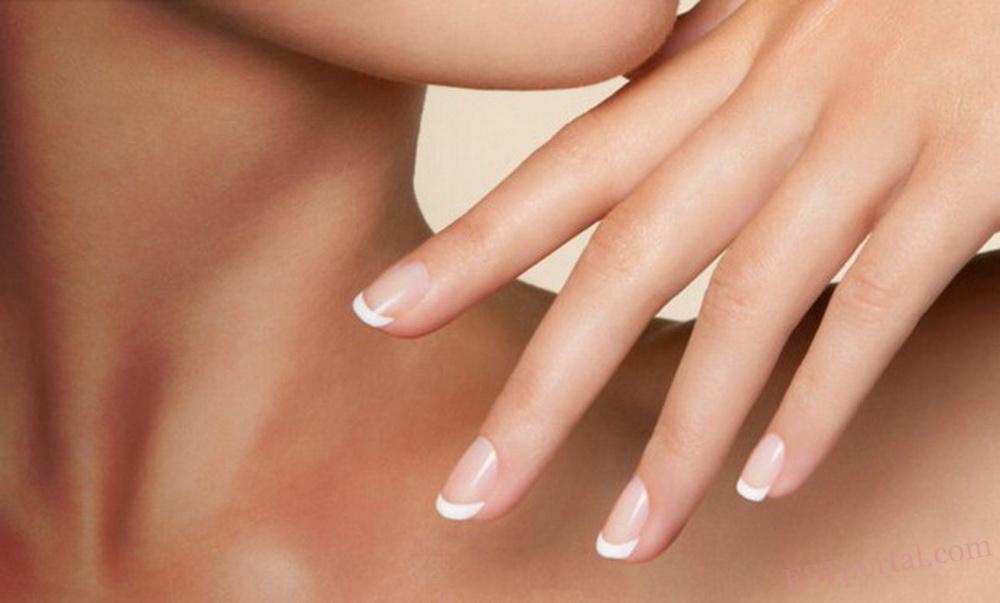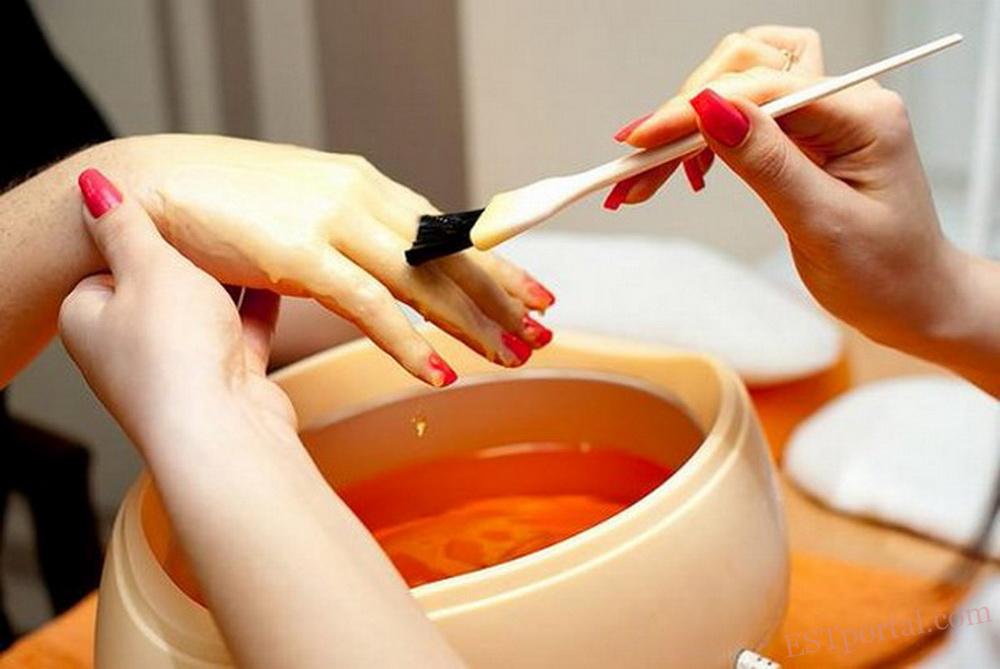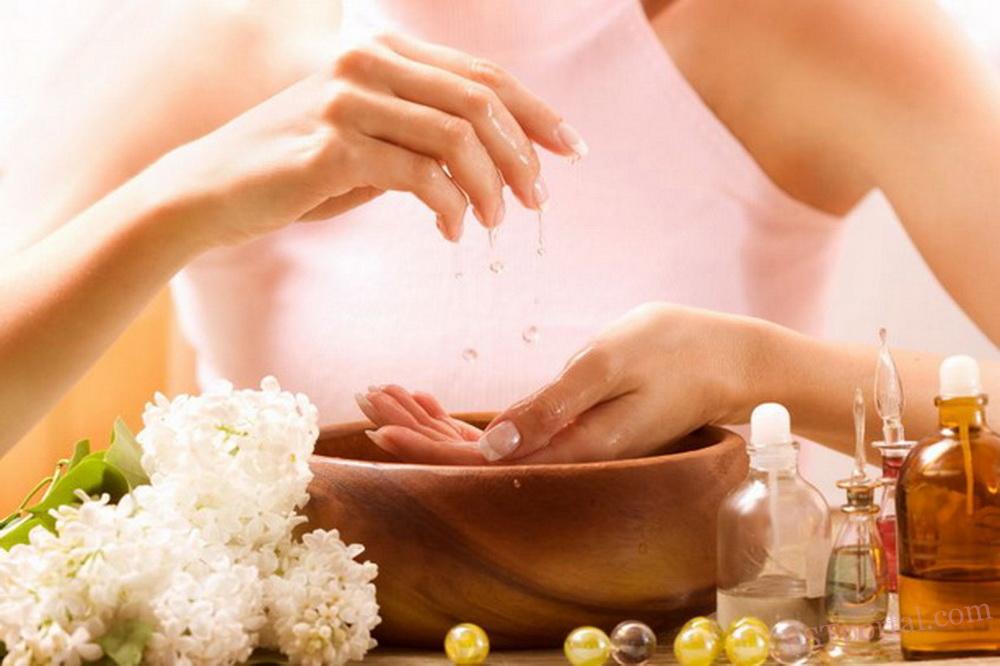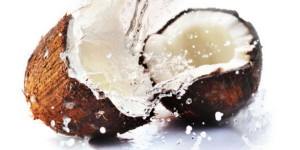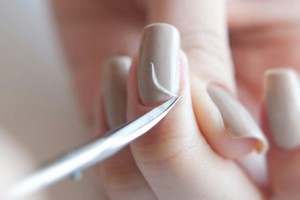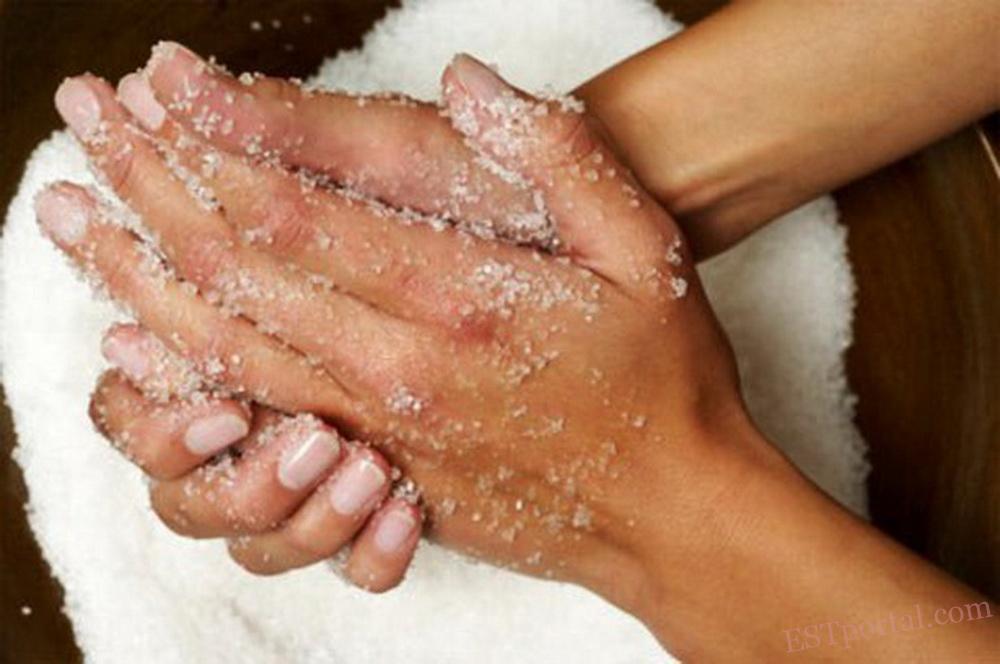
Rules for Hand Care
It is often by the hands that we judge how well-groomed a person is. The palms are in physical contact more often than other parts of the body, so the interlocutor pays particular attention to the condition of the skin on the hands. Nails should also be neat in order to create a pleasant impression. Since the condition of the hands is so important, it is essential to know the basic rules of hand care.
Taking care of the hands is important not only for women but also for men. Most girls pay attention to a man’s hands when meeting him for the first time. Men with soft and well-groomed hands are at an advantage. In any case, large calluses, rough skin, and hangnails around the nails are not the most pleasant sight. Hand care is a daily task, and it is much easier to devote a few minutes to it every day than to deal with problems once they have already appeared. Moreover, it is the hands that reveal a person’s age, since rejuvenating this area is more difficult than rejuvenating the face.
Basic rules of hand care
To maintain smooth skin on the hands, a neat appearance, and healthy nails, it is worth using special products, doing peels, baths, and hand masks. But most importantly, one should follow the basic daily care rules:
- Moisturizing cream should always be at hand. The skin on the hands has a thin layer of subcutaneous fat and few sebaceous glands, which means it does not moisturize itself sufficiently in a natural way. Therefore, make it a habit to apply moisturizing cream in the morning and evening, as well as during the day when needed.
- The water temperature your hands come into contact with should not be too high or too low. Use warm or room-temperature water.
- Try to dry your hands thoroughly after contact with water, as damp skin becomes chapped more quickly.
- Wear gloves in cold weather. Ideally, this wardrobe item should contain natural materials. The skin of the hands is sensitive to temperature fluctuations. Simply going from a warm room outdoors is already a stress factor. In addition, cold disrupts blood circulation and may cause frostbite. Frost also makes the skin dry, rough, and flaky.
- Use rubber gloves when handling household chemicals. Any cleaning agent will have a negative effect on the skin. Rubber gloves protect the hands from getting wet and from aggressive exposure during cleaning.
- Maintain the beauty of the skin on your hands by taking vitamins. Foods or vitamin complexes containing vitamins A, C, and E will be beneficial.
- Drink enough water. This advice applies to the care of the entire body, including the skin of the hands. The daily water intake norm for a healthy person is 30 ml per 1 kg of body weight.
- Whenever possible, switch to natural soaps and use homemade hand-washing remedies. Avoid acetone when taking care of your nails.
- At least once a week, you should do baths, masks, or peels for the hands. Practice massage every day.
- Don’t forget about the option of salon hand care and the use of professional skincare products for the hands.
Hand care products for home use
Providing proper hand care is not difficult even at home, especially since it is not very costly financially.
Hand baths:
- Cleansing: soak your hands for 5–7 minutes in warm water with three drops of grapefruit oil, lemon juice, and a pinch of baking soda.
- Moisturizing: mix warm milk with warm water in a 1:1 ratio, add olive oil and cinnamon. Ten minutes in this bath will provide excellent hydration for your hands.
- Toning: mix a few drops of rosemary, menthol, and a spoonful of olive oil in warm water. 5–7 minutes are enough to achieve the effect.
- Healing: for wounds, cracks, and calluses, a milk-based bath will help. Mix 2 cups of hot milk with the same amount of water and steep half a cup of oatmeal in the liquid. Once the mixture cools to a comfortable temperature, soak your hands for 15–20 minutes.
- Emergency aid: for severe damage, deep cracks, and calluses, milk will help again — this time add two spoons of starch to a glass of milk. After 10 minutes in this bath, apply a rich cream to your hands. Washing your hands after the bath is not necessary.
Hand masks:
- Toning: grate an apple, add menthol, camphor, petroleum jelly, and olive oil. Leave the mask on for 10 minutes, then rinse off. After the procedure, it’s a good idea to apply a nourishing cream.
- Cleansing: orange pulp, a pinch of red pepper, and a spoonful of sesame oil. Apply the mask for 5 minutes, then use almond oil.
- Moisturizing: egg yolk, jojoba oil, coconut oil, and honey will come to the rescue. After 10 minutes with the mask on your hands, apply grapeseed oil.
- Nourishing: apply a mixture of honey and olive oil in equal proportions to your hands for 10 minutes.
Hand peels:
- Nourishing: massage your hands with a mixture of sugar and a nourishing oil, such as olive or sunflower oil.
- Cleansing: a mixture of ground coffee and olive oil.
- Toning: sea salt, olive or coconut oil, and tea tree oil.
Nourishing hand compresses:
- Grated carrot, sour cream, and sunflower oil.
- Mash made from potatoes boiled in their skins, warm milk, and sunflower oil.
Compresses are applied to the back of the hands, wrapped in foil or plastic, and on top you can put on a mitten or wrap your hands in a towel.
Nourishing cream for dry skin: prepare an infusion of plantain, chamomile, and calendula in a water bath, strain it, then add honey and a little butter. This cream can be used twice a day.
Nail care
The condition of the nails reflects overall health. Nails deteriorate with a lack of vitamins and nutrients. The most common problems are nail brittleness, fungal infections, and delamination of the nail plate. Cracks on the hands promote infection, which in turn leads to nail problems. Therefore, proper hand skin care is the key to excellent nail health.
Hand baths, peels, and masks have a positive effect on the nails. In addition, salt or iodine baths are beneficial for them. A ten-minute procedure a couple of times a week will significantly strengthen the nail plate.
In addition to external care, it is important to provide your body with vitamins. In the fight against brittle nails, vitamin A is the best helper. It combats skin keratinization, dryness, and reduces brittleness. You can get enough of it from foods such as beef liver, carrots, and tomatoes.
For nail delamination, vitamin D is helpful. It retains calcium and phosphorus in the body. We obtain it from foods like butter, fish oil, beef liver, and egg yolk. It is also beneficial to rub the nail plate with lemon, cranberry, or currant juice.
An untidy cuticle greatly spoils the appearance of the hands. It should be constantly nourished and carefully removed without damaging the skin. Use a special cuticle remover pencil for this.
The described care routine takes no more than 1–1.5 hours per week. The rules are very simple to follow and truly help give your hands a well-groomed appearance. Stick to the recommendations, and over time you will see that your hands remain beautiful and soft even during the cold season.
Anna BUNYAK


